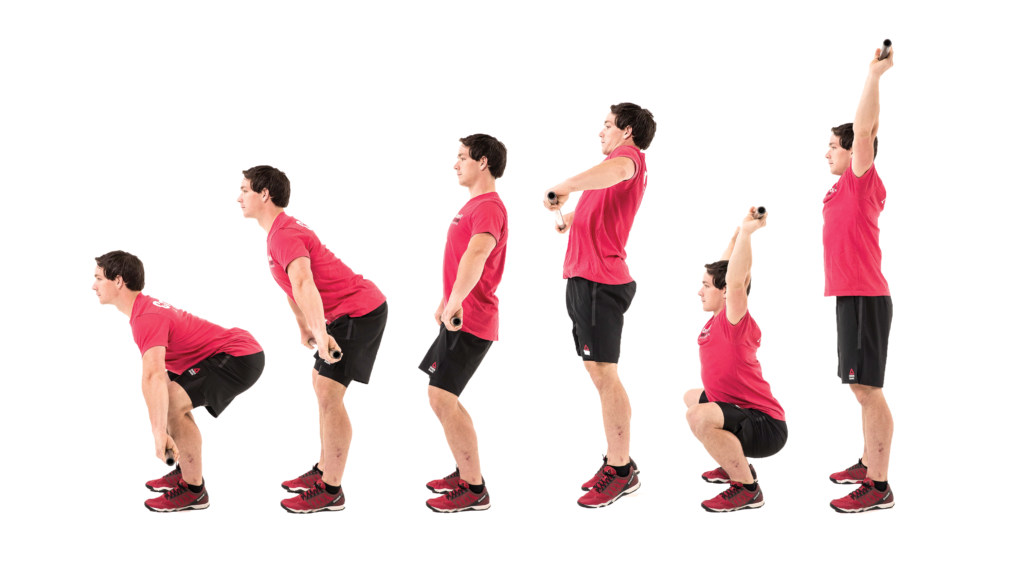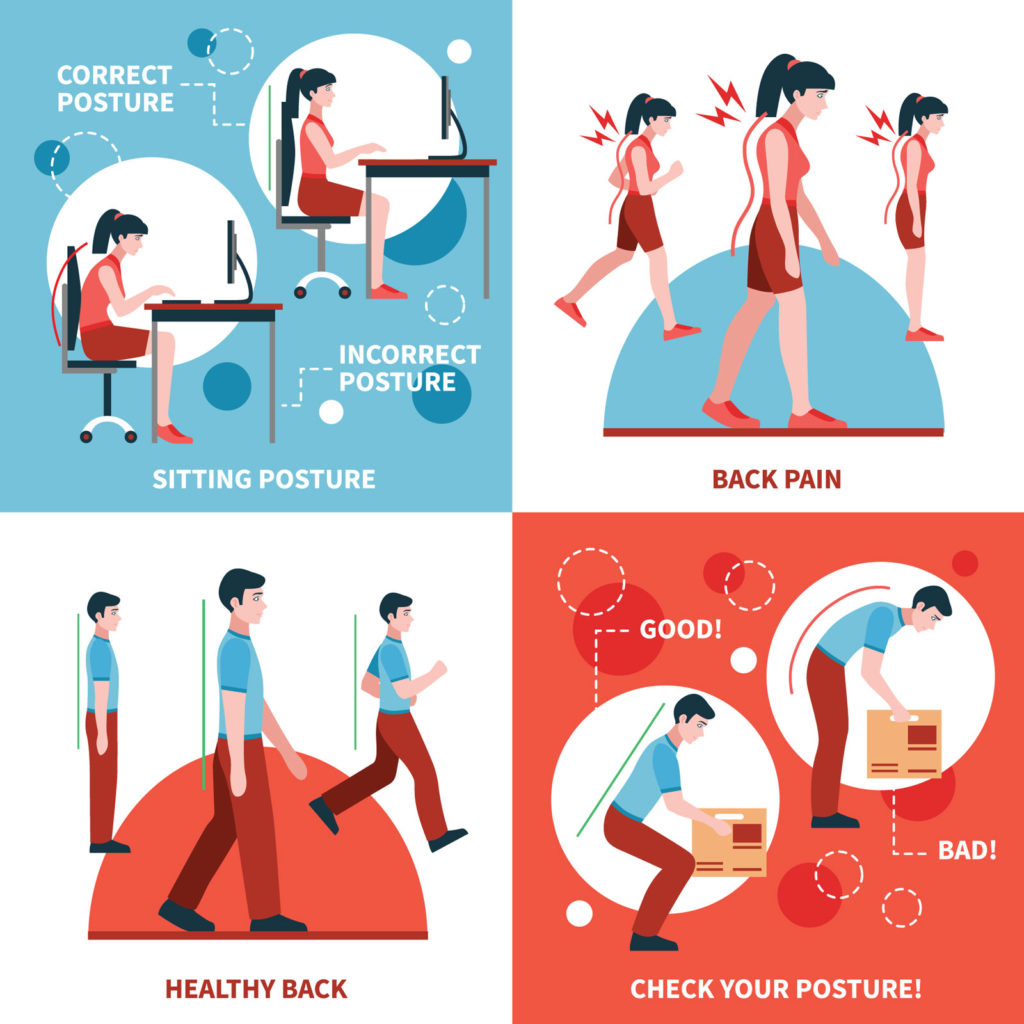Transform Your Physique Three-Day Full Body Regimen
Unlocking Your Fitness Potential: The Three-Day Full Body Workout
Efficient and Effective Training
In the quest for fitness, efficiency is key. The three-day full body workout is a game-changer in this regard. It offers a strategic approach to training that maximizes results while minimizing time spent in the gym. With each session targeting all major muscle groups, this routine ensures that every minute of your workout counts towards achieving your fitness goals.
Comprehensive Muscle Engagement
Unlike traditional split routines, which isolate muscle groups on different days, the full body workout engages all muscle groups in each session. This comprehensive approach ensures balanced muscle development and overall strength gains. From chest and back to legs and arms, no muscle is left behind, leading to a symmetrical and well-defined physique.
Optimal Training Frequency
With a three-day full body workout routine, individuals typically train three times a week, allowing for optimal training frequency and recovery. This balanced schedule ensures that muscles have enough time to repair and grow stronger between sessions. By striking the right balance between training stimulus and recovery, individuals can maximize gains while minimizing the risk of overtraining.
Efficient Time Management
One of the biggest advantages of the three-day full body workout is its efficiency. With only three workouts per week, individuals can achieve comprehensive results without spending hours in the gym each day. This makes it ideal for busy individuals who want to prioritize their fitness without sacrificing other aspects of their lives.
Versatile and Adaptable
Whether you’re a beginner or a seasoned gym-goer, the three-day full body workout is versatile and adaptable to all fitness levels. With countless exercise variations and progression strategies, individuals can tailor their workouts to suit their goals and preferences. This flexibility ensures that workouts remain challenging and engaging, preventing boredom and plateaus.
Progressive Overload
To continue making progress and avoiding plateaus, it’s essential to incorporate progressive overload into the three-day full body workout routine. This involves gradually increasing the intensity, volume, or difficulty of workouts over time to continually challenge muscles and stimulate growth. By progressively overloading muscles, individuals can ensure ongoing gains in strength and size.
Balanced Nutrition and Recovery
In addition to training, proper nutrition and recovery are crucial components of a successful three-day full body workout routine. Consuming adequate calories and macronutrients is essential for supporting muscle growth and repair, while prioritizing post-workout nutrition aids in recovery and replenishment. Adequate sleep, hydration, and stress management also play vital roles in optimizing recovery and ensuring peak performance.
Holistic Approach to Fitness
The three-day full body workout promotes a holistic approach to fitness, focusing not only on strength and muscle gains but also on overall health and well-being. Regular physical activity can improve cardiovascular health, boost metabolism, and enhance mental clarity and mood. This comprehensive approach ensures that individuals not only look good but also feel good from the inside out.
Long-Term Sustainability
Perhaps the greatest benefit of the three-day full body workout is its long-term sustainability. Unlike more extreme or restrictive






